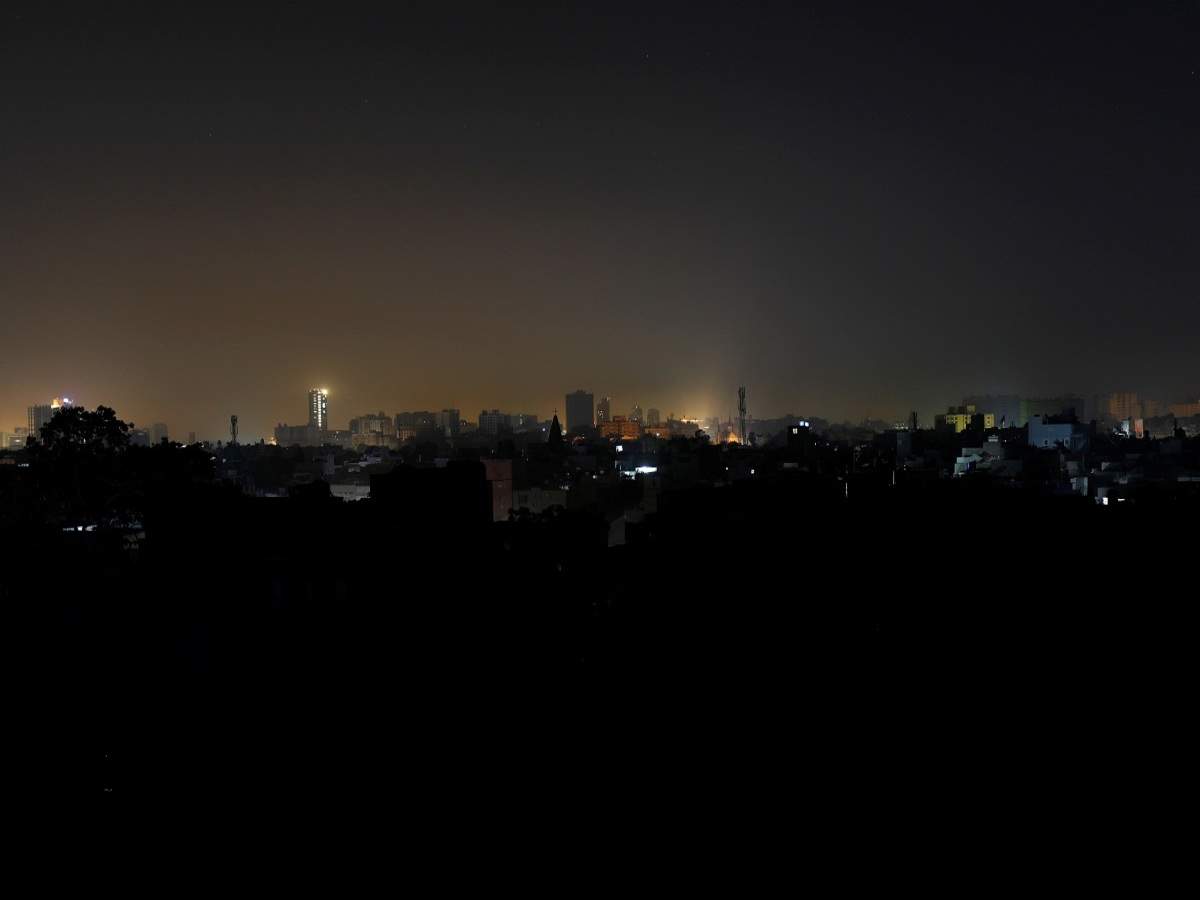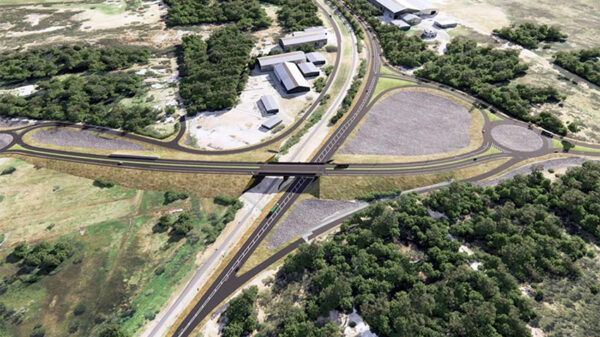A massive power outage on the night of Saturday, 9 January 2020 disrupted economic activities both in industrial and commercial spheres and affected social life as the entire country plunged into darkness. The immediate public reaction from the government appeared to be political – as usual it blamed the previous government for not doing enough on transmission system.
While there should always be a debate on political roles of the current and previous governments, the government should have steered clear of the customary blame-game given the enormity of the event. The need of the hour is an independent, non-partisan and professional investigation from all technical and economic angles.
A similar breakdown in North America in 2003 affecting large parts of the US and Canada took almost seven months and professionals of the highest integrity to conclude a comprehensive report on the reasons, impacts and the way forward to avoid such situations in future.
A comprehensive investigation is all the more important given the repeated events of similar nature the country has witnessed over the past 10-15 years. There could be multiple and complex reasons and impacts to the economy and other aspects of life but overall losses
are unquantifiable given the lack of data and reporting mechanisms.
For example, we have no data as to how many man-hours or teach- ing hours were lost until the system was completely revived. That the entire country plunged into darkness, however, is a clear indication that industrial activity came to a standstill instantly. There is absolutely no data available to suggest which industry lost what, how much of raw material was completely wasted or how much of value addition went down the drain.
The government needs to collect such data from all industries which should then be handed over to experts of the relevant field to find out the overall losses to the economy. This aspect is mostly relevant to Industrial and commercial sectors, little to the service sector and none for the agricultural sector of the economy provided outage is very short term. While there may have been limited negative impacts in educational sector and agriculture sector given the fact the event happened on a weekend and was short-lived from these perspectives. But these are not to be ignored to plan for the future.
More importantly, the power system – from generation to transmission to distribution – must have suffered losses and may have required expenditure for replacement and repairs of plants, equipment and appliances within the power system and outside it used by other sectors like industrial, commercial and residential.
There is also a need for proper investigation to ascertain why such a big event took place despite the precautionary measures adopted, steps taken and investments made over the past few years following similar cascading blackout.
What is clear at this stage is the fact that the authorities have not learnt any lessons from past. It is also clear that the event was triggered by a human error at the Central Power Generation Company (CPGC)’s plan due to casual approach to safety protocols by relevant officials but the fact that it plunged the entire country into darkness meant that it was due to poor and inadequate maintenance and failure of the protection system in the national grid and the plant as well.
This has exposed the larger governance problem in the government that continues to operate the entire power sector on ad hoc basis and through remote control from Islamabad. The Chief Executive Officers of all the three key power companies including Discos, Gencos and transmission companies are working on makeshift arrangement.
The NTDC operates the country’s national grid. Its protection system should have reacted to the Guddu Plant tripping and isolated the transmission network on the falling frequency. But this did not happen, resulting in cascading closure of all power plants across the country in a matter of seconds.
The NPCC monitors the flow of power generation from power plants and its quota allocation to and drawl of electricity to various distribution companies. It has to shun supply systems for load and frequency balancing. Even the Discos are working without regular chief executive officers for more than two and half years.
The NTDC is without a regular CEO since July 2017 while NPCC has not seen a full-time CEO for more than a decade. Likewise, the NPGC chief, working on temporary basis was hired last year from the private sector. As such, the power division had been running the entire power sector for many years even though Prime Minister Imran Khan is reported to have repeatedly expressed displeasure during cabinet meetings over non-filling of the posts of power companies. The initial cause to be human error was indirectly confirmed by Engr. Hammad Amer Hashmi the day after the blackout when he suspended seven employees of Guddu power plant under Plant Manager-III, accusing them of negligence.
Officials said the initial fault appeared to have occurred at the Guddu plant’s switchyard but the protection system at the transmission network did not respond to the fault. The transmission system should have rejected the load from Guddu plant through automatic protection mechanism but apparently it did not because of poor or insufficient maintenance and non-washing of transmission line.
The Guddu-Sibbi transmission line has been the traditional trouble spot because of extreme fog and environmental pollution that converts insulators into conductors and had been resulting in tripping in the past as well. The protection system had been separating southern and northern parts of the country in the past. These lines used to be washed every year, sometimes repeatedly, depending on the fog in winters.
In fact, the authorities have been claiming to have sufficiently introduced anti-fog wire coating materials over the last 5-6 years. The breakdown, third since 2015, meant the protection system was either not upgraded or the upgrade was insufficient. Another reason could be that the transmission lines were not cleaned with adequate rigour.
Moreover, there were various frequency relays like 50hz, 49.4hz and 48.5hz etc which meant the system should start shedding 10-15 percent. These relay system settings are upgraded every second or third year but had been missing for almost five years.
Power Regulator – NEPRA – has also ordered an investigation through a team comprising two former experts of NTDC and transmission protection system.
What also needs to be kept in mind is the fact that maintaining such a large integrated transmission line network of more than 17,000 kilometres including the nearly 6000-km of 500kv transmission system is not an easy job. It takes a lot in terms of both investment and effort and requires latest equipment to balance a large network that transfers bulk of power from north to mid-country in summer and shift generation from south to north in winter when most of the hydropower system becomes unavailable due to annual canal closure.
It may be advisable to bifurcate the national grid into two or three regional grids with balanced supply and demand mechanism which could be maintained and balanced at a limited scale. There could always be facilities available to shift loads from one region to another in special circumstances.
At the same time, given the large surplus capacity the authorities may have to think in terms of a spinning reserve available which could replace a shut down in any large plant and keep the larger grid working instead of cascading blackouts across the country. While there may be differences of opinion over the nuts and bolts of the reform to undertake, nobody can argue with the need for Pakistan to undertake serious power system reform. The country can ill-afford a blackout, much less repeated events like this. Apart from the huge economic cost they impose, they create a sense of insecurity and cause panic among the citizenry.
The writer has been watching national economy for two & half decades.










